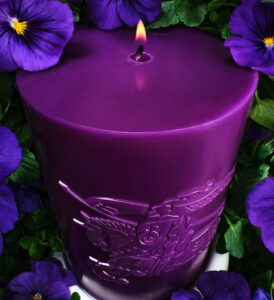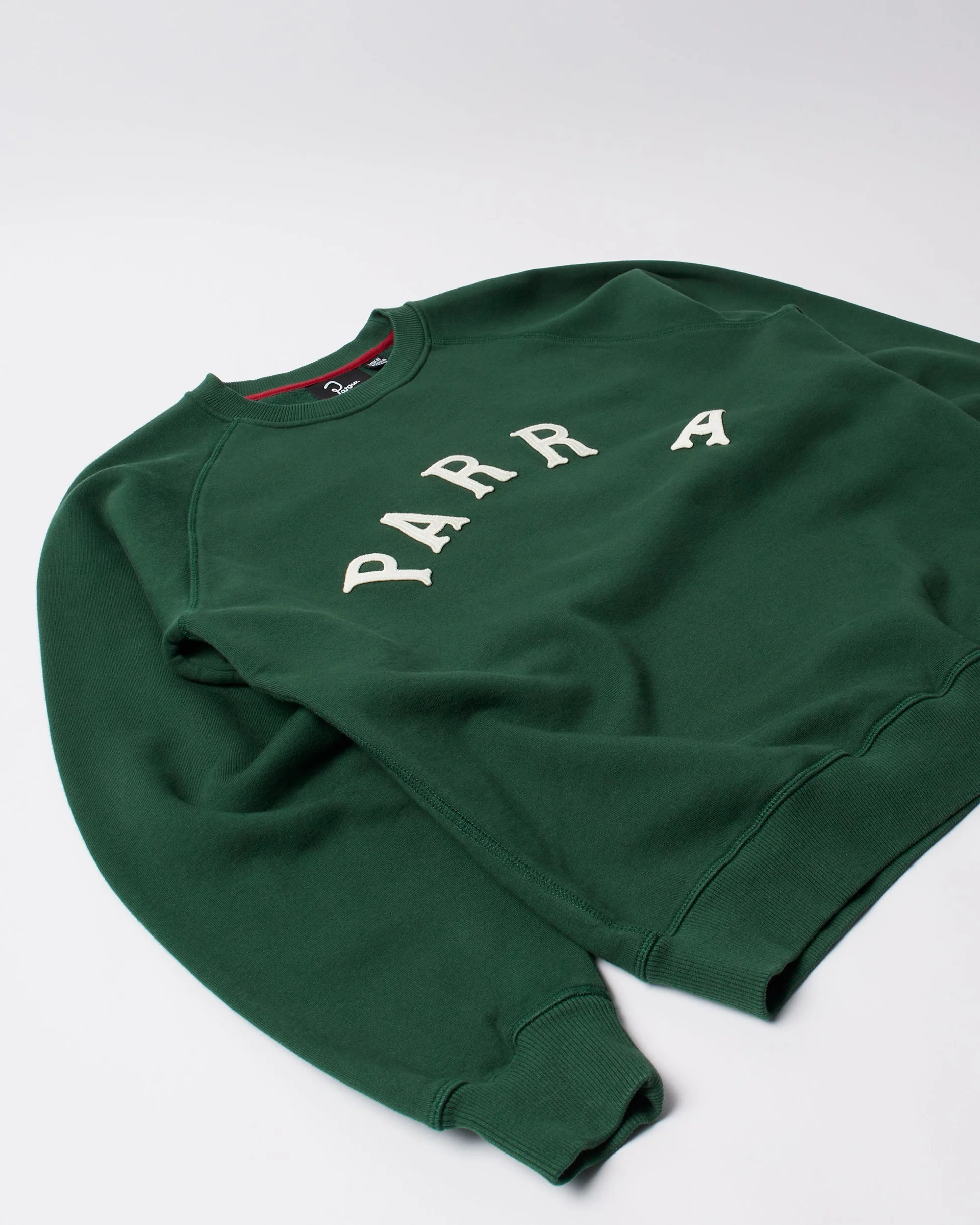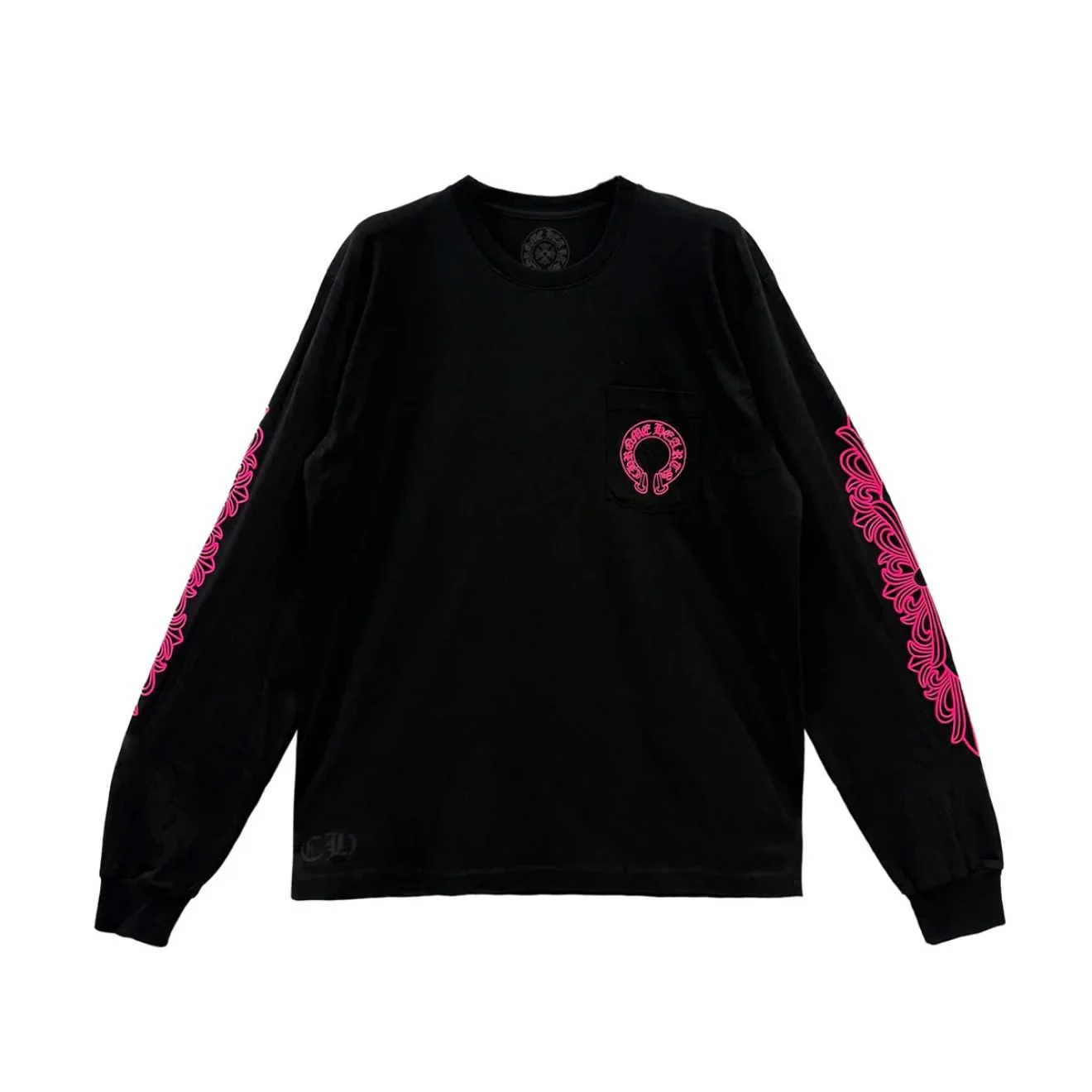In an era when fashion brands extend their reach beyond the wardrobe and into the realm of ambiance, Burberry’s new floral candle collection arrives as a quietly resplendent example of storytelling through scent. This expansion of the British house’s home fragrance line not only pays tribute to the untamed beauty and refined cultivation of the British landscape but also embodies an artisanal devotion that reaches far beyond mass-market luxury.
These candles are not merely decorative accessories or olfactory indulgences—they are burning heirlooms, echoing a legacy that predates fashion’s current obsession with lifestyle. Each one wears Burberry’s emblem with historical weight: the Equestrian Knight Device, introduced in 1901 as a symbol of honor, protection, and enduring craftsmanship. Nearly 125 years later, that knight now gallops softly into our homes, not on gabardine but on wax, casting light on the poetic intersection of utility and design.
The Art of the Pour — A Sculpted Ritual
To understand what makes these candles exceptional is to understand how they are made. Unlike industrial wax creations churned out by the thousands, Burberry’s scented candles are hand-poured in Italy, where each piece requires an exacting 48 hours to be finished and polished by specialized artisans. This is not just manufacturing—it is a ritualized act of shaping sensory heritage.
Each candle is designed with a unique structural integrity: it burns inward from the center, preserving its outer column. This means the form—elegant and statuesque—remains intact for the entirety of its burn time, a staggering 120 hours. The controlled burn pattern ensures that these are not fleeting flames but sculptural experiences, consistent from the first light to the final flicker.
This artisanal process does more than preserve aesthetic—it manifests restraint, precision, and luxury without excess. These are modern monuments to sensory design, shaped by patience and skill, echoing the slow elegance of nature itself.
The Porcelain Pedestal — A Touch of Stoke-on-Trent
The care does not end with wax. Once the candle is perfected, it is mounted on a fine porcelain plate crafted in Stoke-on-Trent, the spiritual home of British ceramics. This is a deeply intentional act: to root the fragrance not only in British flora but in British craft history. Each plate takes four days to produce and is stamped with the Burberry logo in a contrasting matte finish—a tactile counterpoint to the candle’s smooth wax body.
By pairing Italian waxwork with British ceramic tradition, Burberry weaves a trans-European narrative of excellence, where Northern Italian precision meets English material poetry. The result is not just a scented product—it is a collectible object, imbued with geographic and artistic significance.
Landscapes in Flame — The Fragrance Library
The six-scent series reads like a cartographic journey through Britain’s many moods—from structured garden elegance to wild pastoral freedom. Each fragrance is inspired by a place that exists not merely on a map, but in memory, literature, and light. They are less “scents” and more olfactory settings.
- Rose and Violet
A tribute to British floriculture, this scent captures the delicate melancholy of an afternoon garden, layering the dusky powder of violet with the youthful sweetness of rose. It is the olfactory equivalent of walking through a rain-kissed Kensington greenhouse. - Botanical Garden
Green, fresh, and orderly—this fragrance channels the symmetry of a walled herb garden, with precise herbal notes that cleanse rather than overwhelm. Think trimmed box hedges, crushed mint, and misted hothouse windows. - Wildflower Meadow
A contrast to the curated garden, this scent evokes untouched pastoralism. Honeyed chamomile, dry grasses, and soft pollen come together to recreate the freedom of a countryside field lit by golden-hour sun. - Smoky Wood and Clove
Deeper and more autumnal, this scent evokes the scent of a log cabin or a fireside library. The smoke is ceremonial rather than chaotic—cut with the spice of clove, it grounds the collection with its earthy boldness. - Ivy and Sandalwood
A cloistered, cooler scent. Ivy’s damp green sharpness weaves into the soft, resinous profile of sandalwood, offering a contemplative, even monastic experience. It suggests an abandoned abbey, overgrown and serene. - Ginger and Caramel
The gourmand entry in the series, this scent is simultaneously warming and luxurious. The ginger lends heat and liveliness, while the caramel layers richness—a celebration of winter kitchens, hearths, and comfort.
Each fragrance is a chapter in a sensory novel, and while the wax burns, the space transforms—not just in scent, but in emotional tone. These are not candles for background use. They command participation. They ask to be noticed.
The Scent of Brand Identity
Burberry’s expansion into home fragrance is not without precedent in the fashion world. Hermès, Gucci, and Loewe have all entered the scented space with varying degrees of flair and intention. But what distinguishes Burberry’s effort is its narrative authenticity.
This isn’t a perfunctory candle drop—this is a fragrance collection grounded in regional specificity, brand heritage, and genuine craftsmanship. Burberry is not trying to be French, Mediterranean, or exotic. Instead, it draws on the moody, mutable landscapes of Britain—its fog, its gardens, its seasonal shifts—and translates them into scent.
In doing so, it reasserts its identity not only as a fashion house but as a cultural custodian. Scent becomes a vehicle for storytelling, and candles become vessels of British ethos, captured not in trench coats or scarves this time, but in floral molecules and glowing wicks.
A Home for the New Burberry
The release also subtly underscores a larger shift in the Burberry aesthetic. Under creative director Daniel Lee, the brand has leaned into a brighter, more elemental version of Britishness—not post-punk nihilism or industrialism, but rather countryside nostalgia, ceremonial elegance, and natural poise.
This candle collection is a fitting extension. It’s slow. It’s quiet. It’s tactile. It mirrors a fashion philosophy rooted in texture, material honesty, and locality. More than product diversification, this is philosophical consistency. The same reverence for tailoring finds its echo in hand-poured wax. The same attention to silhouette lives on in ceramic curves.
This collection, though non-wearable, is deeply wearable in spirit. It envelops a space like a garment might a body—protective, expressive, intentional.
Collectibility, Gifting, and Timeless Haute
From a consumer standpoint, these candles occupy a rarefied space between bespoke product and artisanal artifact. Their limited production, extended burn time, and heirloom quality elevate them beyond fragrance into objects of desire.
They are ideal as gifts—not merely because they smell good, but because they carry narrative weight. A gift that says: This is crafted. This is personal. This is a slice of Britain, wrapped in wax and porcelain.
For collectors of design, ceramics, or even Burberry memorabilia, the plates alone justify interest. Each one ties into Britain’s deep-rooted tradition of domestic ceramics as status object—the Wedgewoods and Royal Doultons of the past reincarnated through a 21st-century fashion lens.
Impression
In a world oversaturated with branded candles—some good, most forgettable—Burberry’s new floral collection dares to be rooted, poetic, and deliberate. It burns slowly because it was built slowly. It smells like Britain because it is of Britain. It invites not just attention, but reflection.
As we light these candles, we do not simply scent our homes. We bring history into the room. We invite the garden, the wild, the woods. We allow tradition to glow gently in the background of our modern lives.
And as wax gives way to flame, we remember: fragrance, like fashion, is storytelling by another name.
No comments yet.









